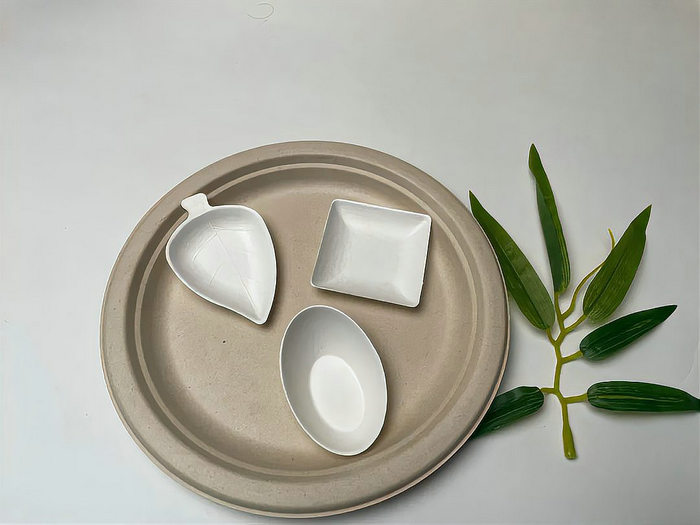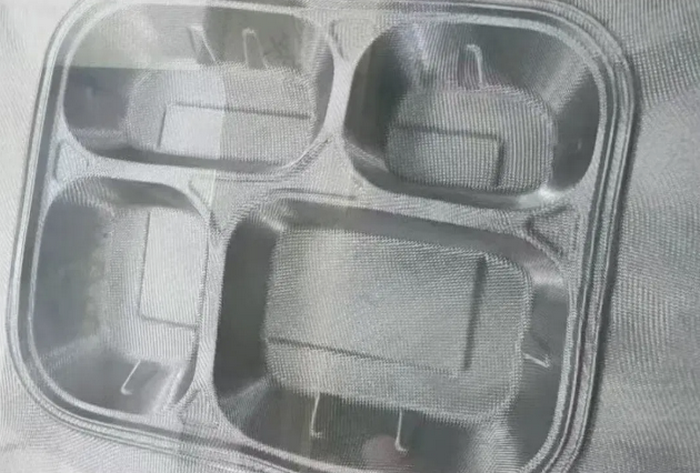What Material Should I Use To Fabricate My Pulp and Fiber Molds?
Choosing Materials for Pulp and Fiber Molds: A Practical Guide
When selecting materials to fabricate pulp and fiber molds, focus on optimizing durability, cost-efficiency, and eco-friendliness. The core materials include plant-based fibers like reed, straw, bamboo, and wheat straw, chosen for their biodegradability and renewability. For instance, bamboo fibers offer superior mechanical strength due to longer fiber lengths, enhancing mold resilience, while wheat straw fibers are shorter and often require additives to prevent brittleness—common in applications like coffee trays or seedling pots.
Combining multiple fiber types, such as blending sugarcane bagasse pulp with bamboo pulp, can boost cost-effectiveness and performance without compromising sustainability. This hybrid approach reduces defects and improves tensile properties in molded products like packaging trays.
Consider the manufacturing process when choosing fibers:
Dry-press molding primarily uses recycled waste paper or old cardboard, making it ideal for simple, low-cost items like egg trays or fruit holders. It involves vacuum adsorption to form wet molds, dried naturally, minimizing energy use.
Wet-press molding employs virgin fibers such as wood pulp, sugarcane pulp, or bleached chemical pulps for higher-precision applications like medical packaging. This method achieves smoother surfaces through rapid heat pressing but demands more refined materials.
Beyond fibers, additives like rosin or wax emulsions enhance water resistance during molding, ensuring stable dimensions. Prioritize materials certified for biodegradability, such as unbleached chemical pulps or enzyme-treated pulps, to align with environmental standards.
For mold fabrication tools, woven wire mesh and perforated plates are key structural components due to their durability:
Woven wire mesh excels in flexibility and drainage, suitable for intricate shapes with elastic deformation capabilities.
Perforated plates provide rigid support for high-pressure applications, ensuring dimensional accuracy in complex molds.
Always validate material choices through small-scale trials, balancing fiber sources with local availability—options like reed or rice straw dominate in regions with established plant systems. Ultimately, select materials that match your product's geometric complexity and lifecycle requirements to optimize cost and sustainability.















